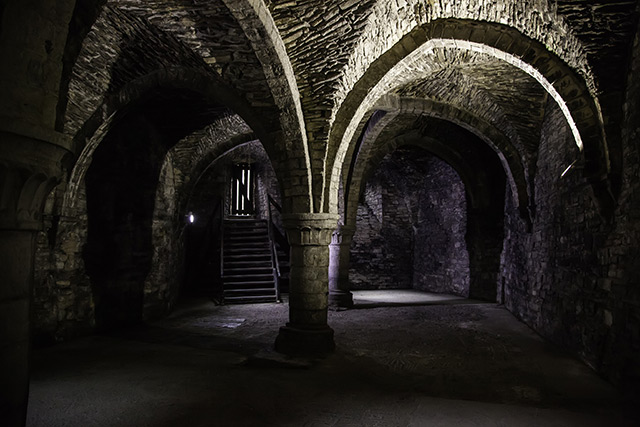In writing about a medieval clairvoyant in The Silver Bride, charges of witchcraft in Mistress to the Crown and more recently in my new mss on the death of Shakespeare’s patron, I have had to research sorcery in the Middle Ages and Tudor eras. That was how I came across the legal treatise Malleus Maleficarum.
Most people have never heard of this treatise but it is arguably the most important document in the history of witchcraft. It was first published in about 1486 and became a regular bestseller. At least 30 editions were published between 1487 and 1669. The literal translation of the title is The Hammer of Evil but the more common translation was The Witch Hammer and this document became the bible of inquisitors and witchfinders throughout the Christian world. Not just a fifteenth century All You Ever wanted to know about Witchcraft but were afraid to ask with FAQs such as ‘Whether witches can by some Glamour Change men into Beasts’. No, it was destined to become the legal procedure manual.
Malleus Malificarum was commissioned by Pope Innocent VIII, who was determined to take a strong stand against the witchcraft, especially in the Holy Roman Empire. The treatise was written by two professional experts, Heinrich Kramer and James Sprenger. Kramer was a Dominican and inquisitor from Lower Alsace. Sprenger, who came from Basle, was a Dominican inquisitor, high ranking academic and a mystic.
Up until that time, churchmen probably used their common sense in cases of sorcery that came before them but once they had this document, officially sanctioned by the pope, things changed. While the treatise may have been intended originally merely as guidelines, once it was in print, its clauses were interpreted as standard procedure and any flexibility was stifled. Malleus Maleficarum became the handbook of inquisitors.
How to question a suspected witch, how to torture them, and the different types of sentencing, depending whether the charge was thought to be serious or light. The attempt to be objective and just in dealing with suspects is clearly present in the writing but the medieval ignorance of Kramer and Sprenger, highly intelligent men of their day, is chilling to a modern reader. Killing children, aborting babies, making men impotent, turning people into animals and summoning hailstorms are some of the issues that the authors eagerly discuss. They also ask why it is ‘Women are chiefly addicted to Evil Superstitions?’ Over the next two centuries, the misogynistic slant in Malleus Malificarum would sanction the torture and death of many innocent women.
Even before Malleus Maleficarum, there are incidences of men using accusations of witchcraft and playing on people’s fears to get rid of women who have become a personal threat. Kings’ mistresses and even duchesses and queens were not immune from such charges. However, the biggest witchcraft age of terror was the mid-seventeenth century when professional witchfinders journeyed throughout England.
During the war between King Charles I and Parliament, the central justice system fell into disarray and because the itinerant judges who usually listened to village trials with impartial ears were not doing their rounds, local magnates were able to exert more control over the district courts. For the most part, these men were definitely not impartial.
Late twentieth century academic research into many of the cases indicated that it was often the Puritan ‘lord of the manor’ and magistrate who ‘encouraged’ the witchfinder to seek charges against an aged busybody woman in the village.
If a local gentleman had been ‘quite a lad’ in his youth, he certainly wasn’t keen on some old village woman with a long memory muttering, ‘Ooooh, I can tell you some spicy tales about him that would knock that superior smile off his face. He maybe a holier-than-thou Puritan now, but there’s plenty of children around this neighbourhood with his ears and chin.’
If such an old woman had no son or husband to protect her, she was extremely vulnerable. Today, it is impossible to believe that the huge number of women found guilty in mid-seventeenth century England were witches. Agreed, it is likely some of them were amateur healers, who brewed up natural medicines, but the evidence suggests that many women died because the local gentry wanted them silenced.
Isolde Martyn 2021
